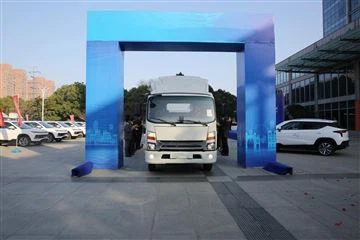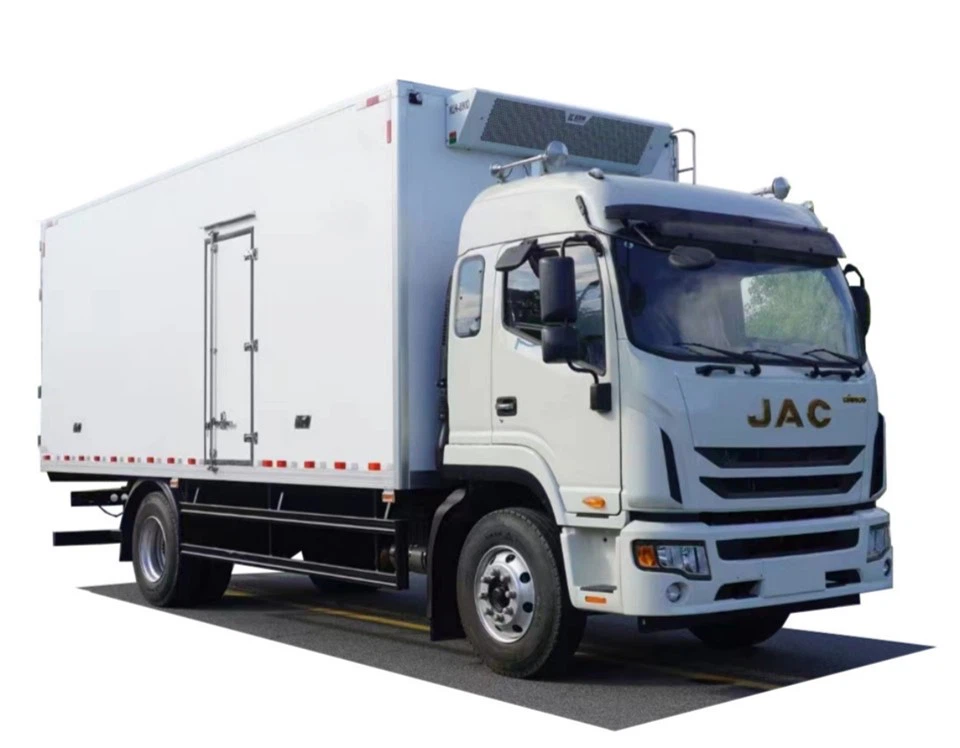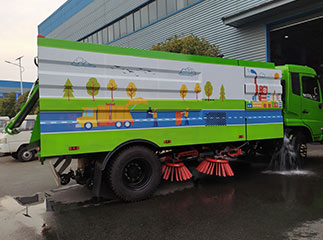Everything You Need to Know About Crane Mounted Lorries

Introduction to Crane Mounted Lorries
Crane mounted lorries, often referred to as truck-mounted cranes, play a crucial role in various industries, including construction, infrastructure, and logistics. These versatile vehicles combine the mobility of a lorry with the lifting capabilities of a crane, providing a powerful solution for transporting heavy loads and performing tasks that require lifting. This article delves deep into what crane mounted lorries are, their advantages, applications, types, maintenance tips, and more. By the end, you’ll gain a comprehensive understanding of how these machines function and their relevance in modern operations.
What is a Crane Mounted Lorry?
A crane mounted lorry is a truck equipped with a hydraulic crane that allows for the lifting and transporting of heavy loads. The crane is typically mounted on the back of the lorry and can extend its reach to lift objects from various angles. This combination of capabilities offers a unique solution for businesses that require efficient load handling.
The Evolution of Crane Mounted Lorries
The concept of crane mounted lorries has evolved significantly since their inception. Initially, cranes were standalone machines that required separate transportation. However, advancements in engineering have led to the development of integrated solutions that have improved efficiency and accessibility.
Advantages of Crane Mounted Lorries
Crane mounted lorries offer several advantages, including:
- Mobility: Unlike stationary cranes, these lorries can easily move between job sites.
- Space-Saving: They eliminate the need for multiple machines on-site, as they can transport materials and lift them as needed.
- Cost-Effective: Owners save on equipment rental costs and transportation fees.
- Versatility: Crane mounted lorries can perform a wide range of tasks, such as deliveries, installations, and construction work.
- Increased Safety: Having a combined vehicle reduces the risk of accidents that can occur from moving heavy loads with multiple machines.
Common Applications of Crane Mounted Lorries
1. Construction Sites
Crane mounted lorries are commonly used on construction sites for lifting heavy materials such as steel beams, precast concrete, and construction equipment. Their ability to navigate tight spaces makes them ideal for urban environments.
2. Infrastructure Projects
Infrastructure such as bridges, roads, and utility installations often require heavy lifting. Crane mounted lorries can quickly transport and install large components, speeding up project timelines.
3. Logistics and Delivery Services
In logistics, crane mounted lorries are valuable for delivering equipment or construction materials to remote locations. Their ability to lift loads directly off the truck simplifies unloading processes.
4. Industrial Applications
Manufacturing facilities also utilize crane mounted lorries for moving heavy machinery or components within their premises. This application helps streamline operations and improve overall efficiency.
Types of Crane Mounted Lorries
1. Flatbed Crane Lorries
Flatbed crane lorries offer a flat platform for transporting goods and feature a crane mounted on the back. They are ideal for transporting bulky materials.
2. Towable Crane Lorries
These lorries can be towed when not in use, providing additional flexibility for users. They often come with a detachable crane for transporting separately.
3. Telescopic Boom Crane Lorries
Equipped with a telescopic boom, these lorries can extend to reach difficult-to-access areas. They are particularly effective for high-lift applications.
4. Knuckle Boom Crane Lorries
This type features a knuckle joint that enables rotation and flexibility, making them ideal for handling loads in confined spaces.
Choosing the Right Crane Mounted Lorry for Your Needs
Selecting the right crane mounted lorry requires careful consideration of various factors:
1. Load Capacity
Evaluate the maximum load you need to lift. Different models have varying capacities, and selecting the right one is crucial for safety and efficiency.
2. Reach and Height
Consider the maximum height you need to reach and the working radius of the crane. This is especially important for applications in construction or maintenance of tall structures.
3. Terrain Conditions
The type of terrain where you will use the lorry impacts its effectiveness. Ensure the vehicle can handle rough or uneven ground where applicable.
4. Additional Features
Look for lorries that come with additional features, such as stabilizers, remote controls, or manual control systems for easier operation.
Maintenance Tips for Crane Mounted Lorries
1. Regular Inspections
Conduct regular inspections to identify any wear and tear on the crane and lorry. This includes checking hydraulic systems, cables, and structural integrity.
2. Lubrication
Ensure that all moving parts are regularly lubricated according to the manufacturer’s recommendations. This helps reduce friction and prolong equipment life.
3. Training Operators

Proper training and certification for operators is essential. They should understand how to operate the crane safely and perform maintenance checks before use.
4. Record Keeping
Maintain logs of all maintenance and inspections conducted. This can help track performance over time and highlight any recurring issues.
Practical Examples and Tips for Using Crane Mounted Lorries
1. Efficient Loading and Unloading
When using a crane mounted lorry for loading and unloading, ensure you plan the movements carefully. Use the crane to pick up loads directly from a ground level or off another vehicle, if necessary, to minimize handling time.
2. Site Preparation
Clear the area where the crane will operate. Make sure the ground is level and stable to ensure safe lifting and prevent the lorry from tipping.
3. Weather Considerations
Always check weather conditions before operating a crane mounted lorry. Avoid using cranes in high winds and during thunderstorms to prevent accidents.
4. Communication
Establish effective communication among crew members. Use hand signals or radios to communicate clearly, particularly when visibility is limited.
5. Load Securing
Ensure all loads are properly secured before lifting to avoid accidents. Use straps, chains, or harnesses as needed to stabilize the load during transport.

FAQs about Crane Mounted Lorries
1. What is the typical load capacity of crane mounted lorries?
Crane mounted lorries typically have load capacities ranging from 4 to 100 tons. The exact capacity depends on the model and specifications.
2. How do I choose the right crane mounted lorry for my business?
Consider factors such as load capacity, reach, height, terrain compatibility, and additional features to select the best model for your needs.
3. Are crane mounted lorries suitable for use on construction sites?
Yes, crane mounted lorries are ideal for construction sites as they can efficiently lift and transport heavy materials in various locations.
4. How often should I schedule maintenance for my crane mounted lorry?
Maintenance schedules can vary by manufacturer, but it is generally advisable to conduct thorough inspections and maintenance every three to six months.
5. What safety measures should be in place when using crane mounted lorries?

Key safety measures include proper training for operators, conducting regular inspections, ensuring a clear work area, and using proper load securing techniques.
6. Can I use a crane mounted lorry for outdoor and indoor projects?
Yes, crane mounted lorries are versatile and can be used for both outdoor and indoor projects. However, it is essential to assess space constraints and safety measures before indoor operation.
